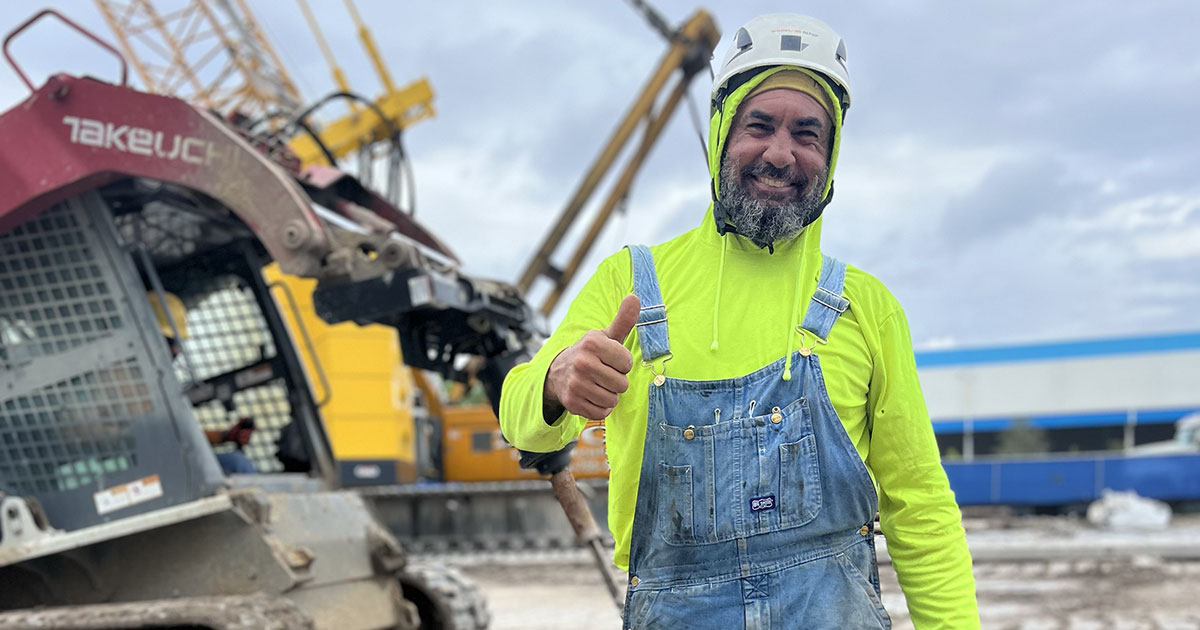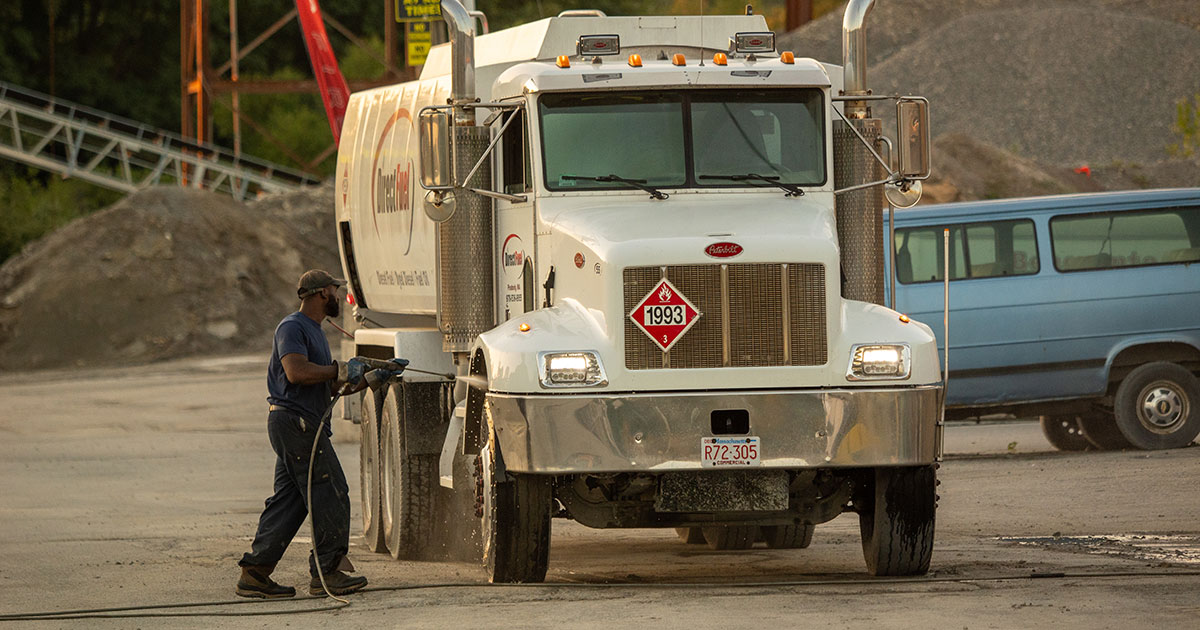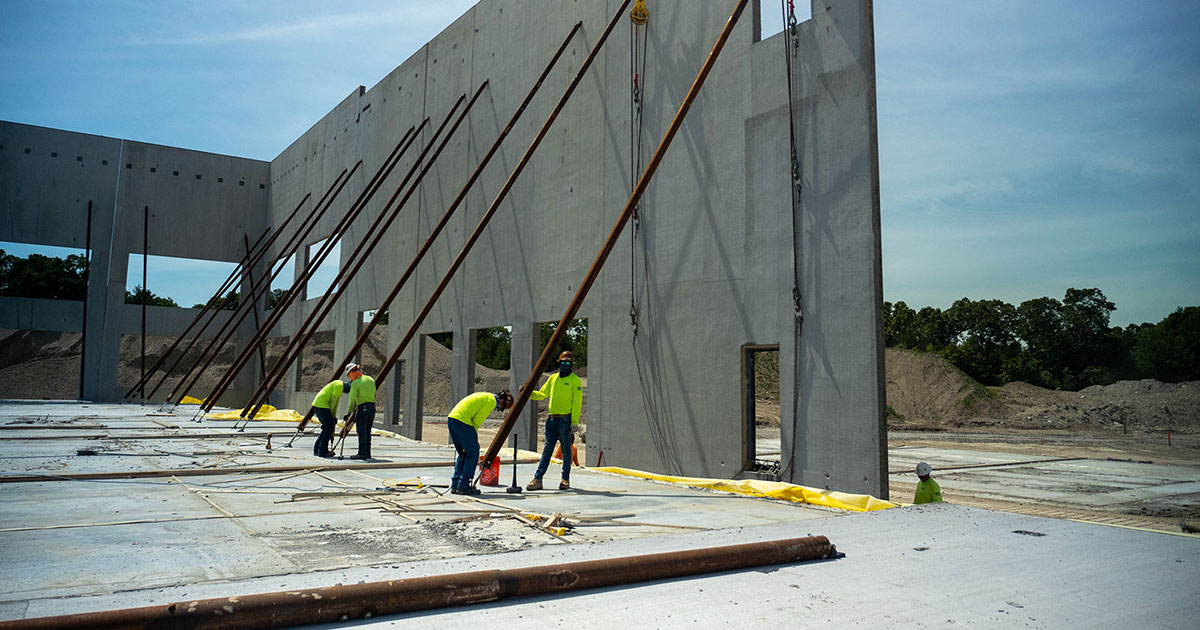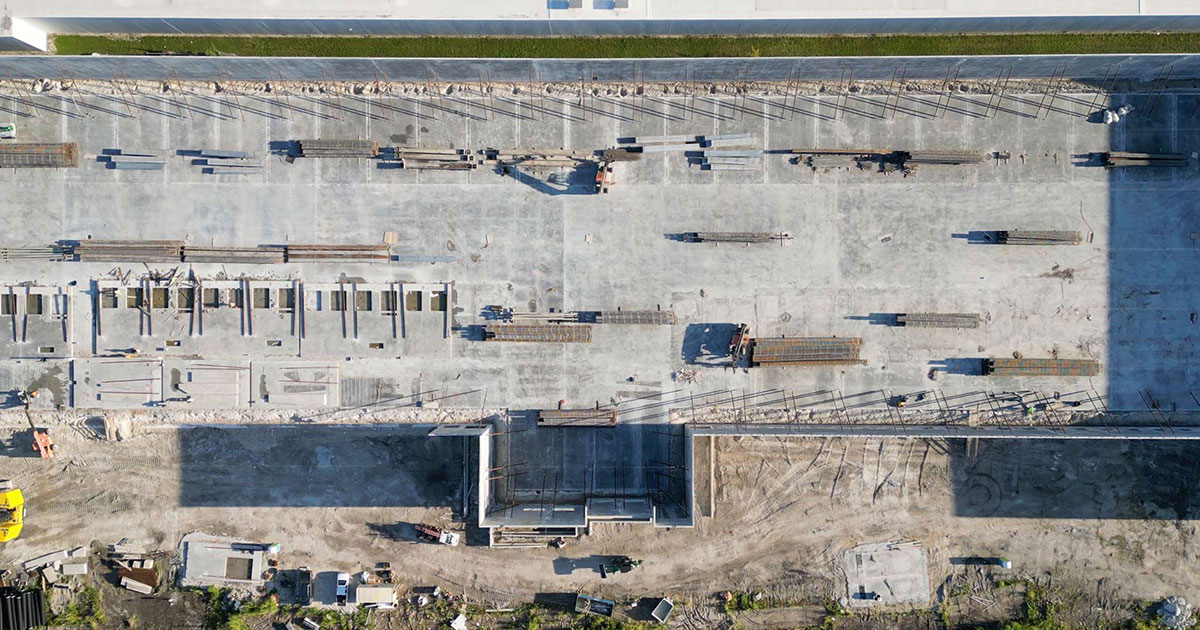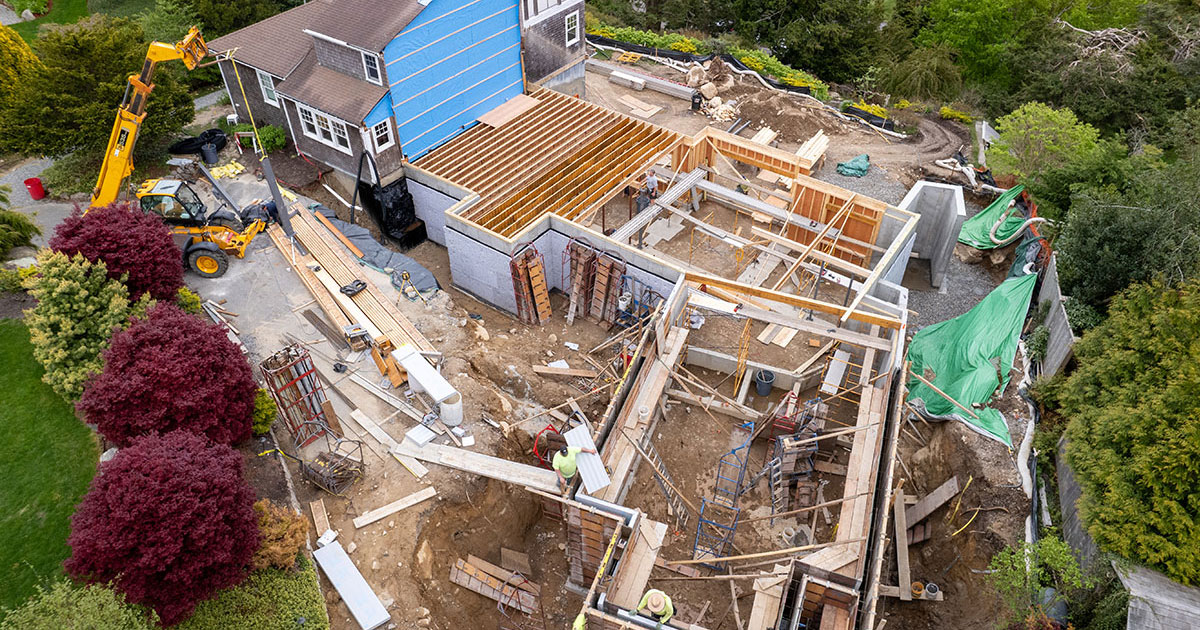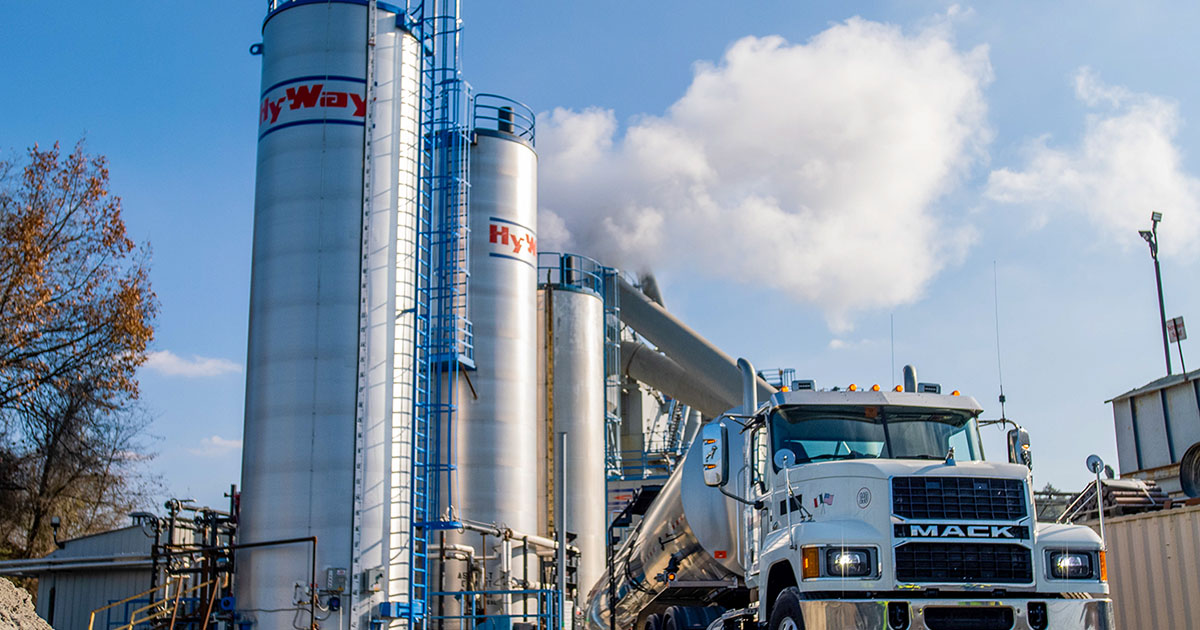
Building a Culture of Continuous Learning in Construction: A Key to Long-Term Success
The construction industry is ever-evolving, with new technologies, methods, safety regulations, and client expectations emerging regularly. To stay competitive and ensure long-term success, construction companies must do more than just adapt to these changes—they must actively foster a culture of continuous learning. Encouraging ongoing education and skills development helps companies remain innovative, improve efficiency, and keep employees engaged, all while maintaining high standards of safety and quality.
In this blog post, we’ll explore why continuous learning is crucial for construction businesses, the benefits it brings, and how to build a culture that promotes ongoing growth and development.
Why Continuous Learning is Crucial in the Construction Industry
The construction industry faces unique challenges, from complex project demands to safety concerns. With advancements in construction technology, sustainable building practices, and evolving regulations, the need for continuous learning has never been more important.
Key Reasons Continuous Learning is Essential:
- Technology Advancements: New technologies like drones, Building Information Modeling (BIM), and 3D printing are transforming the construction landscape. A workforce that’s continually learning and staying up to date with these innovations is better equipped to implement new tools and techniques.
- Changing Regulations: Construction companies must adhere to constantly changing safety codes, building regulations, and environmental standards. Ongoing training helps ensure compliance and reduces the risk of costly violations or accidents.
- Skilled Labor Shortage: The construction industry is facing a shortage of skilled workers, making it vital for companies to upskill their workforce through continuous training. This also improves employee retention by offering growth opportunities.
In an industry where the stakes are high, continuous learning ensures your company stays competitive and ready to tackle future challenges.
The Benefits of a Continuous Learning Culture in Construction
Fostering a culture of continuous learning offers a range of benefits for both the company and its employees. From improving productivity to enhancing employee satisfaction, investing in learning and development pays off in multiple ways.
Benefits of Continuous Learning:
- Increased Innovation: When employees are encouraged to learn and experiment with new methods or technologies, they are more likely to come up with creative solutions to construction challenges.
- Higher Employee Engagement and Retention: Employees who feel their company invests in their development are more engaged and motivated. Continuous learning keeps them excited about their role and more likely to stay with the company long-term.
- Improved Safety: Construction sites are high-risk environments. Regular safety training and the adoption of new safety practices help prevent accidents and injuries, keeping workers safe and reducing liability.
- Greater Efficiency and Productivity: A team that is consistently learning new skills is more efficient and adaptable. Whether it’s mastering a new piece of equipment or improving project management processes, continuous learning boosts productivity.
- Enhanced Reputation: Companies that promote learning are often viewed as leaders in their field. Your reputation for having a skilled, knowledgeable workforce can attract higher-quality clients and partners.
By creating a continuous learning culture, construction companies can enjoy these benefits while staying ahead of the curve in an ever-changing industry.
How to Build a Culture of Continuous Learning in Construction
Building a culture of continuous learning starts with creating an environment where education and development are prioritized, accessible, and encouraged at all levels. Here are some practical steps to help you achieve this:
Start with Leadership Buy-In
For continuous learning to become part of your company culture, it needs to be supported and promoted by leadership. Company leaders should actively encourage learning, participate in development programs, and allocate resources to support training initiatives.
How Leadership Can Drive Learning:
- Set an Example: Company executives and managers should participate in professional development programs and be open to learning new skills themselves. When employees see their leaders actively engaging in learning, they are more likely to follow suit.
- Allocate Resources: Ensure there is a budget for training programs, certification courses, and learning materials. Employees need access to tools that enable them to grow their skills.
Leadership buy-in ensures continuous learning is a priority, not just a one-off initiative.
Offer a Range of Learning Opportunities
Different employees have different learning needs, depending on their roles and experience levels. Providing a variety of learning opportunities ensures that all employees can benefit from continuous education.
Learning Opportunities for Your Team:
- On-the-Job Training: Offer hands-on learning experiences through apprenticeships, job shadowing, and mentorship programs. This is especially useful in the construction industry, where much of the learning is practical.
- Certifications and Licensing Programs: Encourage employees to pursue certifications such as OSHA training, project management credentials, or other construction-related certifications that enhance their skill sets.
- Workshops and Seminars: Organize regular in-house workshops and training sessions that focus on new construction technologies, safety standards, or project management techniques.
- E-Learning Platforms: Invest in digital learning platforms that allow employees to access courses on their own schedule. This is especially useful for workers who may not have time for in-person training during busy project cycles.
Offering a mix of learning options ensures that employees can continue to grow, regardless of their position or availability.
Encourage Cross-Training and Skill Diversification
Cross-training allows employees to learn skills outside their core job responsibilities, making them more versatile on the job site. It also helps cover skill gaps, especially during labor shortages, and promotes teamwork and collaboration.
Benefits of Cross-Training:
- Increase Flexibility: Cross-trained employees can take on different roles when needed, allowing for smoother operations when staffing is tight or when specialized skills are in demand.
- Enhance Collaboration: Cross-training helps employees understand different aspects of the construction process, improving collaboration across teams.
- Foster Employee Growth: Offering employees the opportunity to learn new trades or skills keeps them engaged and motivated to advance their careers within your company.
Promoting skill diversification keeps your workforce adaptable and engaged while improving project efficiency.
Promote Continuous Safety Training
Safety is a top priority in construction, and promoting a culture of continuous learning is vital for staying up to date with evolving safety regulations and best practices. Training not only keeps your employees safe, but it actually helps boost your retention.
Tips for Continuous Safety Training:
- Regular Safety Drills: Conduct regular safety drills that simulate emergency situations, such as fire drills, equipment failure, or hazardous material handling.
- Annual Certifications: Make safety certifications mandatory and renew them annually. Ensure that every employee has up-to-date OSHA training or other relevant safety certifications.
- Safety Workshops: Organize workshops that focus on specific safety topics, such as fall protection, machinery operation, or electrical safety.
By embedding safety into your continuous learning culture, you create a safer work environment and reduce the risk of costly accidents.
Recognize and Reward Learning
To truly create a culture of continuous learning, employees need to feel that their efforts to improve their skills are valued. Recognizing and rewarding employees who take the initiative to learn helps reinforce the importance of growth within the company.
How to Recognize Learning Efforts:
- Public Acknowledgment: Highlight employees who complete certifications or training programs in company meetings, newsletters, or on social media.
- Incentives for Learning: Offer financial bonuses, promotions, or additional responsibilities to employees who demonstrate a commitment to learning and professional development.
- Learning Milestones: Set up a reward system that celebrates learning milestones, such as completing a specific number of training hours or earning new certifications.
By rewarding employees for their learning efforts, you reinforce the value of continuous improvement and motivate others to engage in development.
Continuous Learning as a Path to Success in Construction
In a fast-changing industry like construction, the companies that thrive are those that invest in their most valuable resource—their employees. By building a culture of continuous learning, you can ensure your workforce stays ahead of industry trends, adapts to new technologies, and adheres to the highest standards of safety and quality. With leadership support, diverse learning opportunities, and a commitment to employee growth, you can create a learning-focused environment that drives long-term success for your company.

